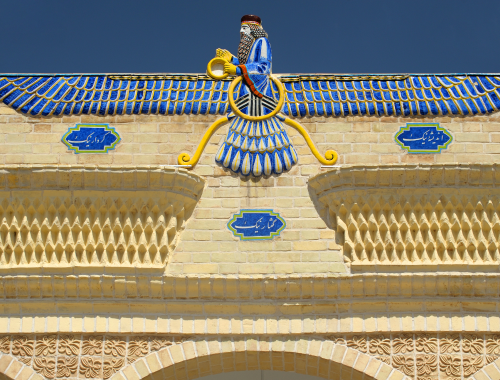
Introduction
In the rich tapestry of religious traditions, Zoroastrianism and Hinduism stand out as ancient belief systems that have significantly shaped the spiritual landscapes of their respective regions. This scholarly article delves into the shared threads between Zoroastrianism and Hinduism, unraveling the historical, philosophical, and cultural commonalities that bind these two venerable religions.
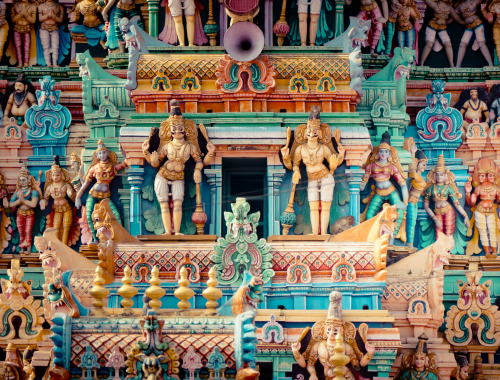
Historical Roots and Connections
Zoroastrianism and Hinduism both trace their origins to the ancient Indo-Iranian cultural milieu. While Zoroastrianism emerged in Persia (modern-day Iran) with the teachings of the prophet Zoroaster (or Zarathustra), Hinduism flourished in the Indian subcontinent over thousands of years. The historical interactions between these regions have facilitated the exchange of ideas, myths, and cultural practices, contributing to the intertwining of Zoroastrian and Hindu elements.
Monotheistic Foundations
One striking similarity between Zoroastrianism and Hinduism lies in their monotheistic foundations. Zoroastrianism is renowned for its emphasis on the worship of Ahura Mazda, the supreme and singular deity. Similarly, within Hinduism, various sects and traditions venerate different deities, but the overarching concept of Brahman as the ultimate reality unifies the diverse pantheon. The monotheistic underpinnings in both religions reflect a shared reverence for a singular divine force.
Cosmological Dualism and the Battle of Good and Evil
Both Zoroastrianism and Hinduism incorporate elements of cosmological dualism, emphasizing the eternal struggle between forces of good and evil. In Zoroastrianism, this dualistic concept is embodied in the perpetual conflict between Ahura Mazda, the benevolent creator, and Angra Mainyu (Ahriman), the destructive force. Hinduism, particularly in certain sects, echoes this dualism through narratives like the eternal battle between the forces of dharma (righteousness) and adharma (unrighteousness). The cosmic struggle between these opposing forces is a shared theme that underscores the moral and ethical dimensions of both religions.
Sacred Texts and Wisdom Literature
Zoroastrianism and Hinduism boast extensive collections of sacred texts and wisdom literature that guide their followers in matters of faith, morality, and ritual practices. In Zoroastrianism, the Avesta serves as the primary collection of religious texts, encompassing hymns, prayers, and teachings attributed to Zoroaster. Hinduism, with its diverse traditions, incorporates a vast array of sacred texts such as the Vedas, Upanishads, and the epics Ramayana and Mahabharata. The reverence for sacred scriptures as sources of divine wisdom is a shared characteristic that underscores the importance of textual authority in both traditions.
Ritual Practices and Fire Worship
A noteworthy similarity between Zoroastrianism and Hinduism is the significance attached to ritual practices, including the veneration of fire. Zoroastrianism places immense importance on the ritualistic use of fire, considering it a symbol of purity and a means of connecting with the divine. In Hinduism, the ritual of Agni worship, where fire is venerated as a deity, resonates with the Zoroastrian emphasis on fire as a sacred element. The shared reverence for fire in ritualistic practices underscores the symbolic and spiritual significance attributed to this element in both religions.
Reincarnation and Concepts of the Afterlife
Reincarnation, the belief in the cyclical rebirth of the soul, is a shared concept in both Zoroastrianism and Hinduism. While Zoroastrianism’s teachings on the afterlife are complex, incorporating notions of judgment and eventual salvation, the idea of the soul’s journey through multiple lifetimes aligns with Hinduism’s doctrine of samsara. The parallels in these concepts reflect a shared perspective on the cyclical nature of existence and the spiritual evolution of the soul.
Conclusion
In conclusion, the exploration of shared threads between Zoroastrianism and Hinduism reveals a fascinating tapestry of historical, philosophical, and cultural connections. Despite geographical distances and distinct cultural contexts, these ancient religions share common foundations, reflecting the intricate interplay of ideas across civilizations. Recognizing these similarities enriches our understanding of the shared spiritual heritage that has shaped the lives and beliefs of millions over millennia.
Here’s a comparison table outlining some key similarities between Zoroastrianism and Hinduism:
| Aspect | Zoroastrianism | Hinduism |
| Origin | Founded by the prophet Zoroaster in the 6th or 7th century BCE in ancient Persia | One of the world’s oldest religions with roots dating back thousands of years |
| Monotheism/Polytheism | Generally considered monotheistic with Ahura Mazda as the supreme deity | Varied beliefs, ranging from monotheism (Brahman) to polytheism with various deities |
| Sacred Texts | Primary scripture is the Avesta, including the Gathas attributed to Zoroaster | Vast and diverse array of sacred texts, including the Vedas, Upanishads, Bhagavad Gita, and others |
| Concept of God | Emphasis on the struggle between the forces of good (Ahura Mazda) and evil (Angra Mainyu) | Varied concepts of the divine, including the ultimate reality (Brahman) and a multitude of deities |
| Cosmology | Dualistic worldview with a cosmic struggle between light and darkness | Diverse cosmologies, including cyclical concepts of time and reincarnation |
| Afterlife | Belief in an individual judgment after death, leading to either heaven or hell | Belief in reincarnation and the cycle of samsara, with moksha as the ultimate goal |
| Morality and Ethics | Emphasis on ethical dualism with choices between good thoughts, words, and deeds | Varied ethical and moral teachings, including concepts like dharma and karma |
| Rituals and Worship | Fire is a central element in worship; rituals include Yasna and other ceremonies | Varied rituals and ceremonies, including puja, yajna, and personal or household worship |
| Priesthood | Important role of priests, known as Magi, in performing rituals and ceremonies | Varied priesthoods, with Brahmins traditionally performing religious rituals |
| Symbols | Symbol of Faravahar represents the divine, a winged disc with a human figure | Numerous symbols, including Om, the Swastika, and various representations of deities |
| Impact on Later Religions | Influenced aspects of Judaism and Christianity, especially concepts of heaven and hell | Influenced Buddhism, Jainism, and aspects of Southeast Asian religions |
Q: What is Zoroastrianism?
A: Zoroastrianism is one of the world’s oldest monotheistic religions, founded by the prophet Zoroaster (or Zarathustra) in ancient Persia. It emphasizes the worship of Ahura Mazda, the supreme deity, and the perpetual struggle between good and evil.
Q: What is Hinduism?
A: Hinduism is a diverse and ancient religious tradition that originated in the Indian subcontinent. It encompasses a wide range of beliefs and practices, including a pantheon of deities, rituals, and philosophical teachings like karma and dharma.
Q: How do Zoroastrianism and Hinduism connect historically?
A: Both religions share historical roots in the ancient Indo-Iranian cultural milieu. The historical interactions between Persia and the Indian subcontinent facilitated the exchange of ideas, myths, and cultural practices, contributing to the intertwining of Zoroastrian and Hindu elements.
Q: Are there similarities in the concept of God between Zoroastrianism and Hinduism?
A: Yes, both Zoroastrianism and Hinduism exhibit monotheistic foundations. Zoroastrianism emphasizes the worship of Ahura Mazda, while Hinduism, despite its diverse pantheon, recognizes Brahman as the ultimate reality, unifying the different deities.
Q: Do Zoroastrianism and Hinduism share a cosmological dualism theme?
A: Yes, both religions incorporate elements of cosmological dualism, highlighting the eternal struggle between forces of good and evil. Zoroastrianism’s conflict is between Ahura Mazda and Angra Mainyu, while Hinduism, in certain sects, narrates battles between the forces of dharma and adharma.
Q: What are some shared characteristics in their sacred texts?
A: Zoroastrianism’s primary sacred text is the Avesta, containing hymns, prayers, and teachings. Hinduism encompasses a vast array of sacred texts like the Vedas, Upanishads, Ramayana, and Mahabharata. Both traditions emphasize the importance of sacred texts as sources of divine wisdom.
Q: Is there a shared emphasis on ritual practices between the two religions?
A: Yes, both Zoroastrianism and Hinduism attach significance to ritual practices. Zoroastrianism venerates fire as a symbol of purity and a means of connecting with the divine. Hinduism, in certain rituals like Agni worship, resonates with the Zoroastrian emphasis on fire as a sacred element.
Q: Do Zoroastrianism and Hinduism share beliefs in the afterlife?
A: Yes, both religions share the concept of reincarnation, the belief in the cyclical rebirth of the soul. While Zoroastrianism’s teachings on the afterlife are complex, Hinduism’s doctrine of samsara aligns with the idea of the soul’s journey through multiple lifetimes.
Q: How have these religions influenced each other in contemporary times?
A: In contemporary times, the coexistence of Zoroastrian and Hindu communities in various regions has facilitated cultural exchanges. Shared historical roots and interactions contribute to the preservation and adaptation of traditions, fostering mutual influence.
Q: Do these shared threads challenge traditional perceptions of Zoroastrianism and Hinduism?
A: Yes, recognizing the shared threads challenges traditional dichotomies and encourages a more nuanced understanding of Zoroastrianism and Hinduism. It promotes informed dialogue and appreciation for the intricate interplay of ideas across civilizations.
Modi, J. J. (1937). The Religious Ceremonies and Customs of the Parsees. Oxford University Press.

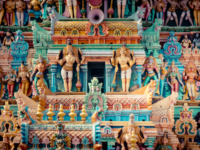


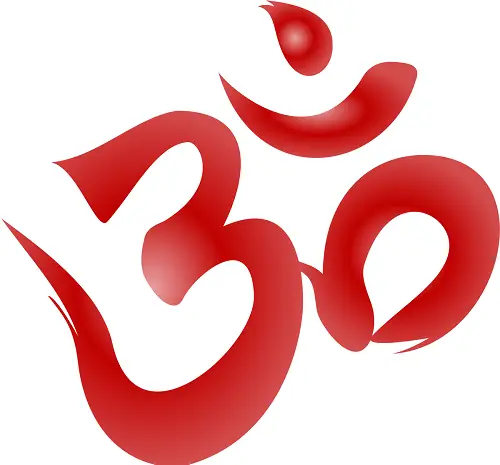
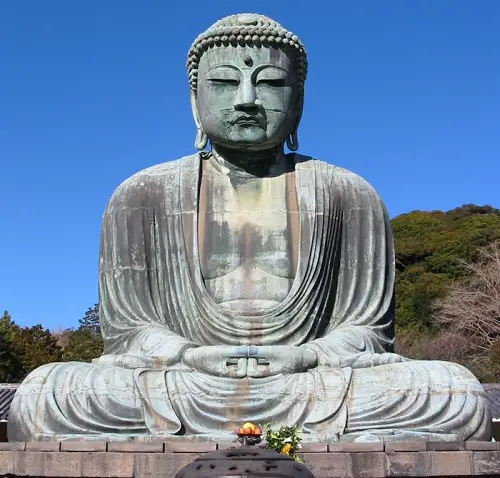
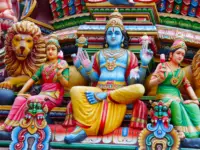





Leave a Reply